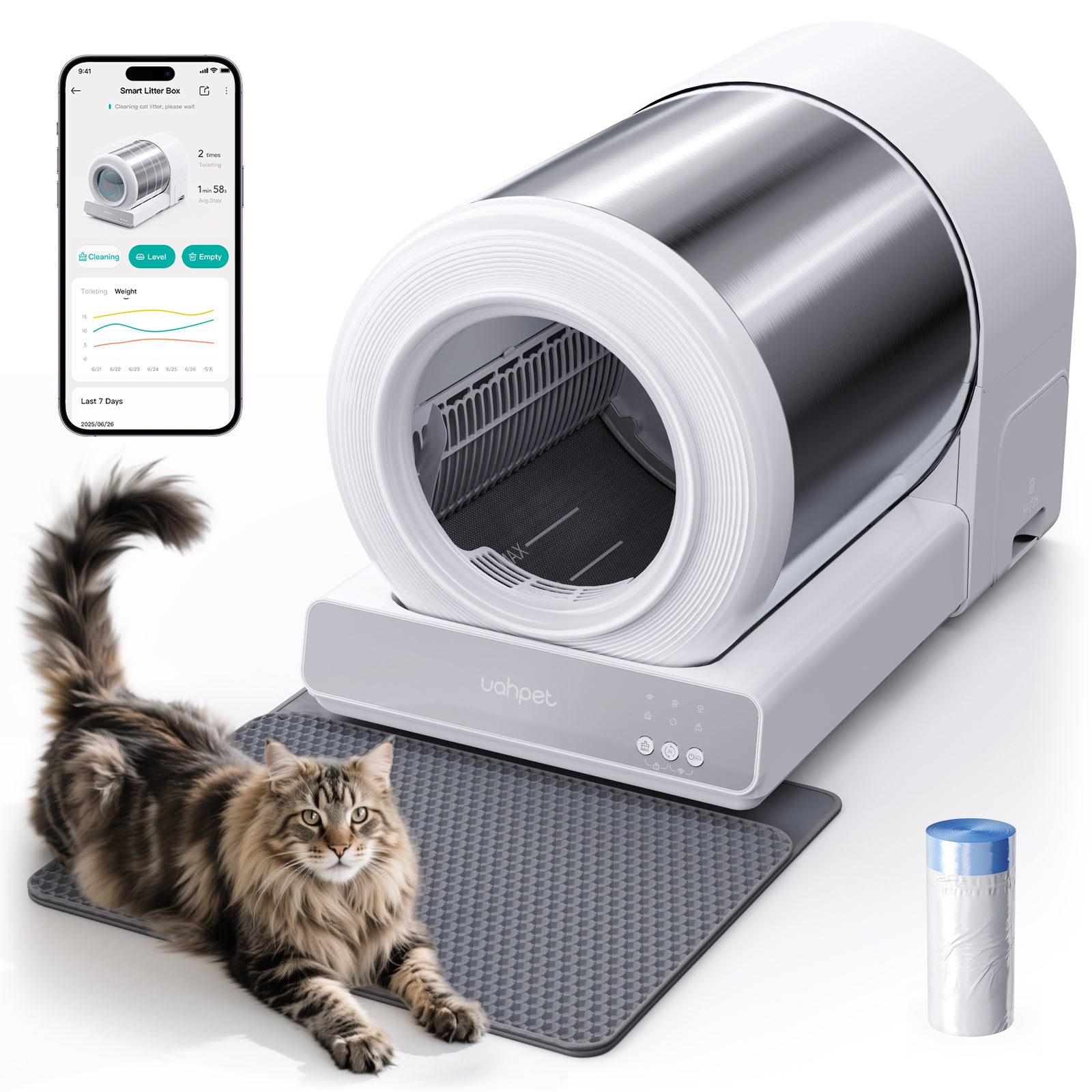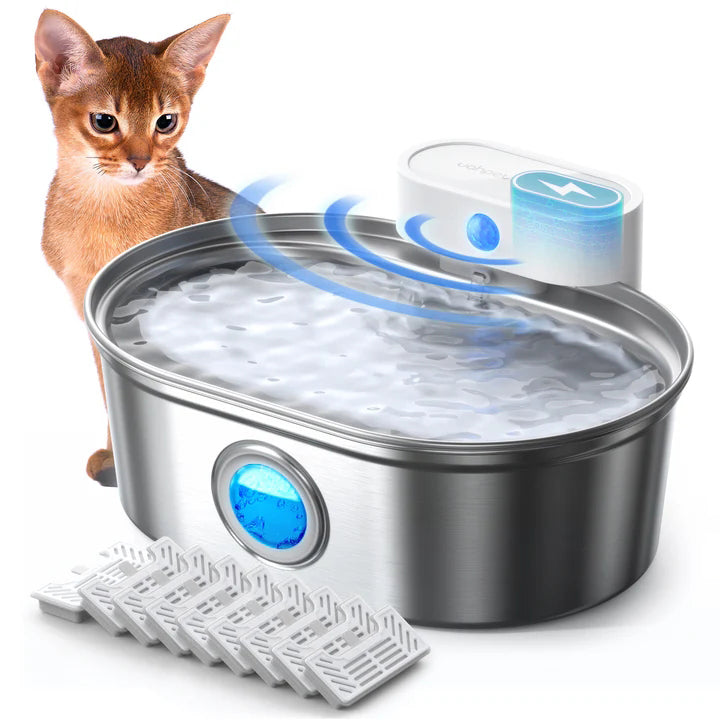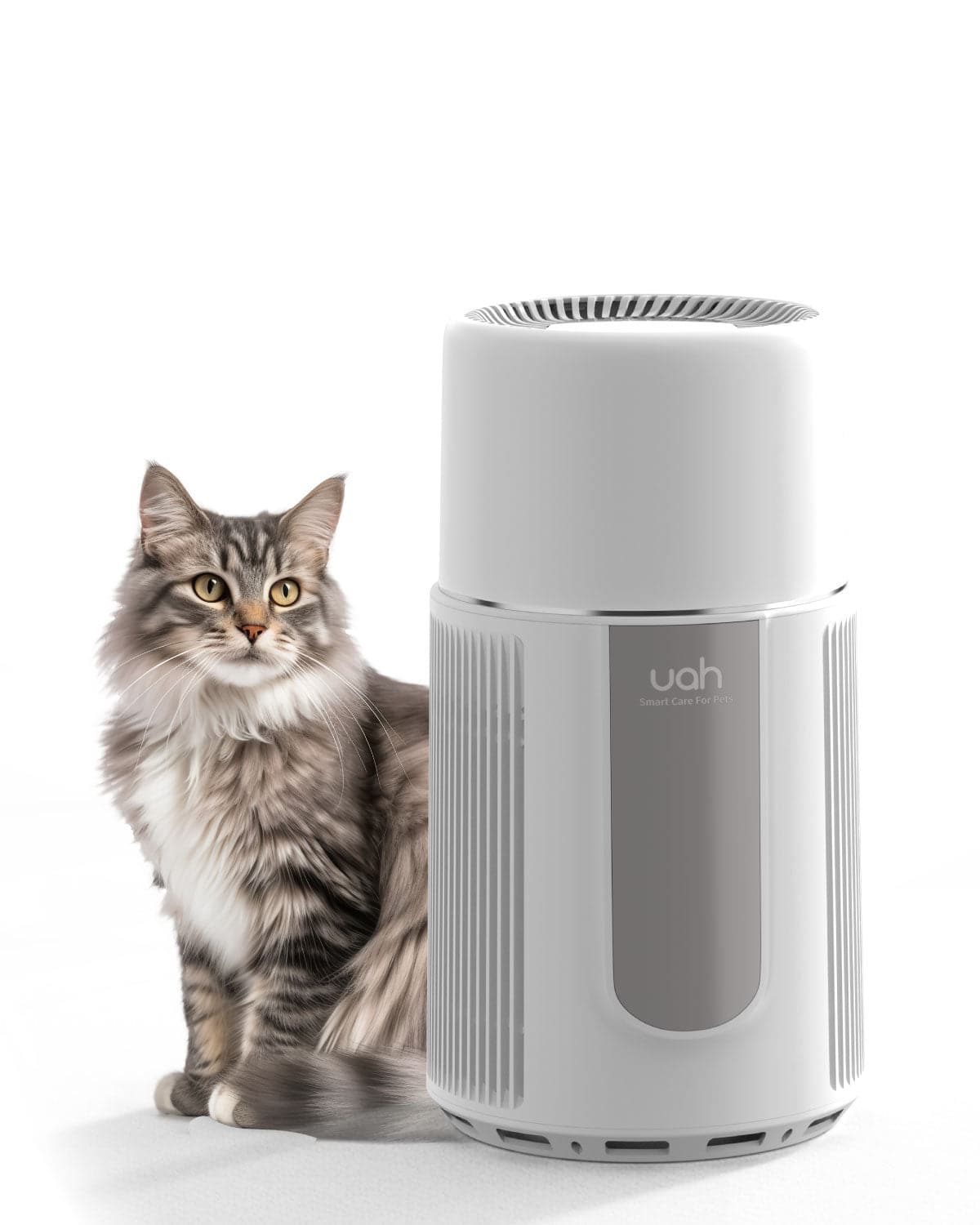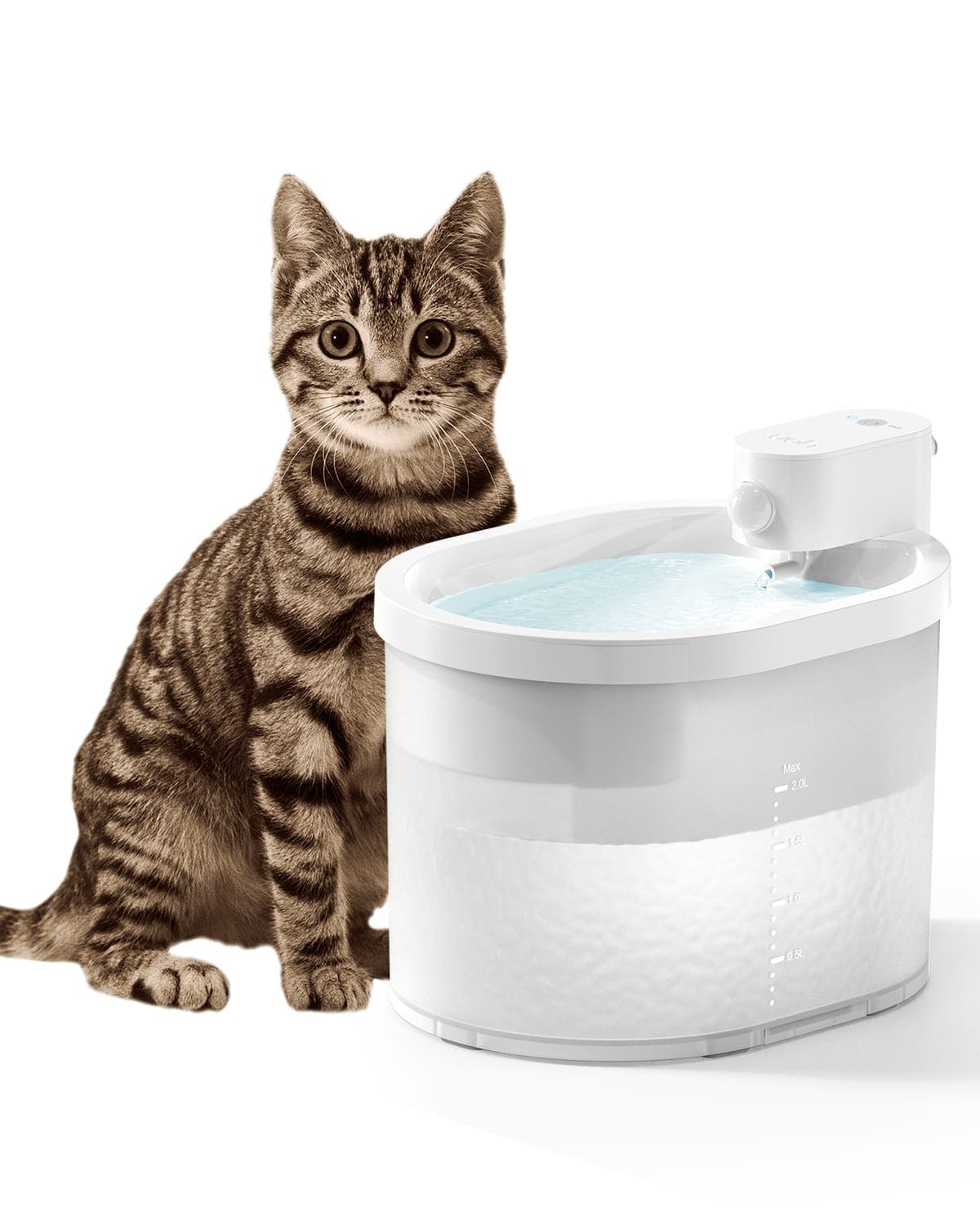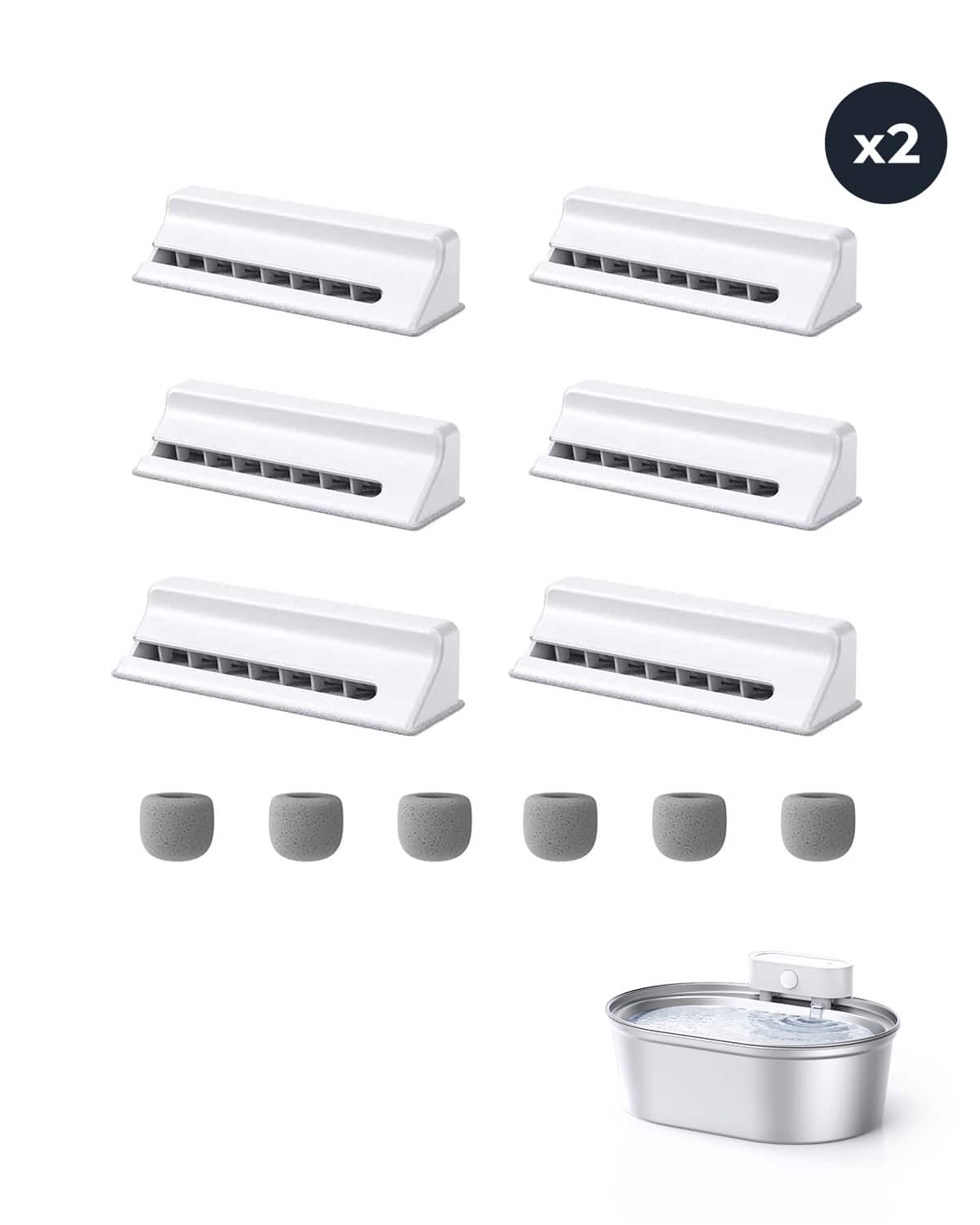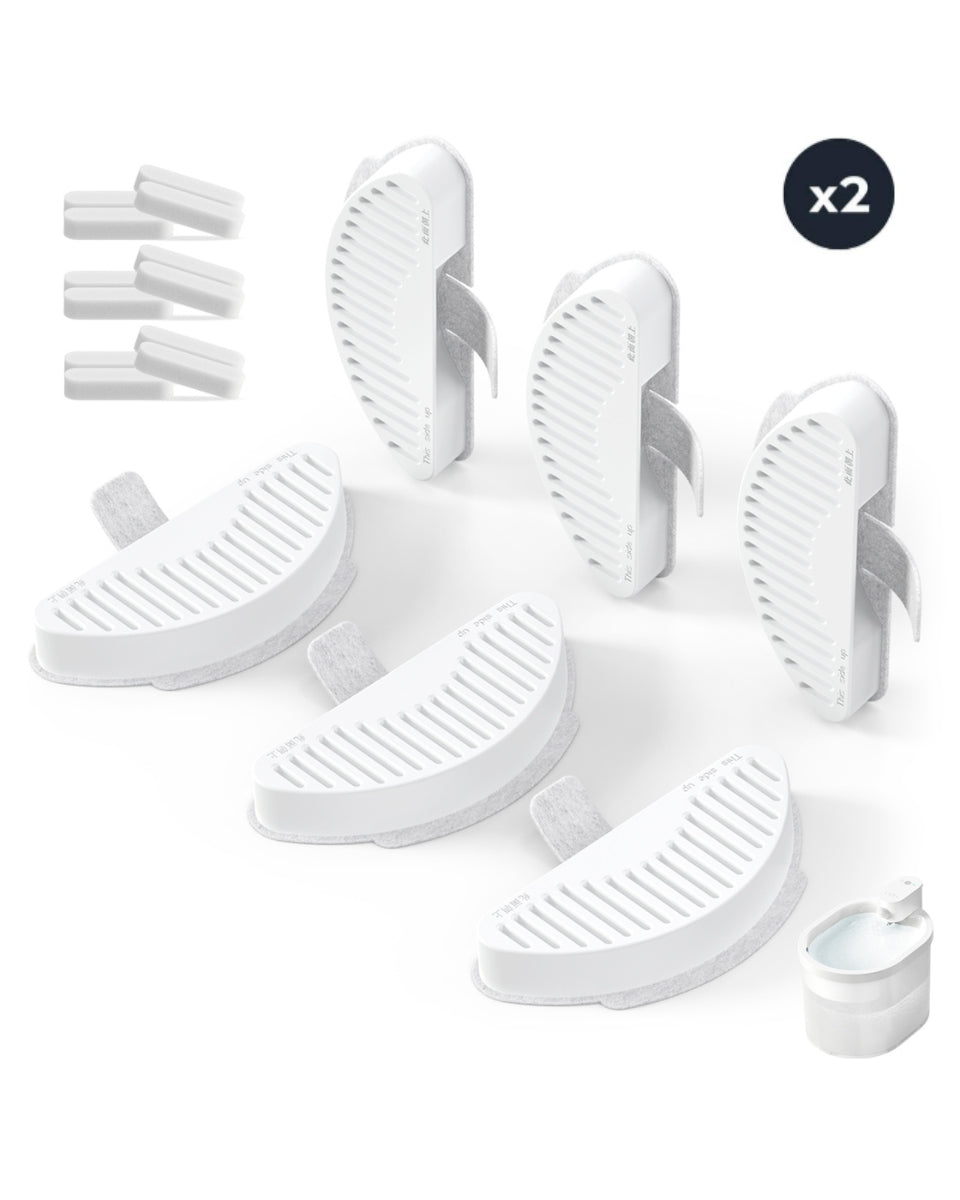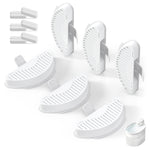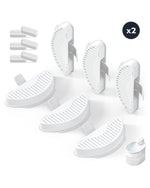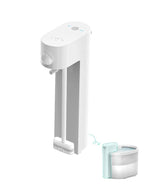Are you struggling with pet allergies despite your love for furry companions? You're not alone. Millions of people worldwide experience sneezing, itchy eyes, and other allergy symptoms due to pet dander, hair, and saliva. While keeping pets clean and maintaining a tidy home can help, many wonder if air purifiers are a viable solution. This article dives deep into the effectiveness of air purifiers for pet allergies, how they work, and what to look for when choosing one.
Understanding Pet Allergies
Pet allergies are triggered by proteins found in pet dander, saliva, and urine. These allergens can become airborne and settle on surfaces, making them difficult to avoid. Common symptoms include sneezing, runny nose, itchy eyes, and even asthma attacks in severe cases. For pet owners, managing these symptoms can be challenging, especially when rehoming their beloved animals is not an option.
How Air Purifiers Work
Air purifiers are designed to improve indoor air quality by capturing airborne particles. They use filters, such as HEPA (High-Efficiency Particulate Air) filters, to trap allergens like pet dander, dust, and pollen. Some models also include activated carbon filters to remove odors and volatile organic compounds (VOCs). By continuously circulating and filtering the air, these devices can significantly reduce the concentration of allergens in your home.
Are Air Purifiers Effective for Pet Allergies?
Research suggests that air purifiers can be effective in reducing pet allergens, particularly when used in conjunction with other allergy management strategies. HEPA filters, for example, can capture up to 99.97% of particles as small as 0.3 microns, including pet dander. However, it's important to note that air purifiers are not a cure-all solution. They work best when combined with regular cleaning, grooming, and other preventive measures.
Key Features to Look For
When selecting an air purifier for pet allergies, consider the following features:
- HEPA Filter: Ensures the capture of small particles like pet dander.
- Activated Carbon Filter: Helps remove pet odors and VOCs.
- Air Change Rate: Indicates how quickly the purifier can filter the air in a room.
- Room Size Compatibility: Choose a model that matches the size of the room where it will be used.
- Noise Level: Opt for a quiet model if you plan to use it in bedrooms or living areas.
Tips for Maximizing Effectiveness
To get the most out of your air purifier, follow these tips:
- Place the purifier in the room where you spend the most time, such as the bedroom or living room.
- Keep doors and windows closed to prevent outdoor allergens from entering.
- Clean and replace filters regularly to maintain optimal performance.
- Use the purifier continuously, especially during peak allergy seasons.
- Combine it with other strategies like vacuuming with a HEPA filter and grooming your pets frequently.
Potential Limitations
While air purifiers can be beneficial, they do have some limitations. For instance, they cannot remove allergens that have already settled on surfaces, such as furniture or carpets. Additionally, they may not be as effective in large or open spaces unless multiple units are used. It's also important to manage expectations; while air purifiers can reduce symptoms, they may not eliminate them entirely.
Other Strategies for Managing Pet Allergies
In addition to using an air purifier, consider these strategies to manage pet allergies:
- Regular Cleaning: Vacuum and dust frequently to remove allergens from surfaces.
- Pet Grooming: Bathe and brush your pets regularly to reduce dander.
- Allergy-Proof Bedding: Use hypoallergenic bedding and wash it frequently.
- Air Conditioning: Use air conditioning with a clean filter to reduce outdoor allergens.
- Consult a Doctor: Seek medical advice for allergy medications or immunotherapy if symptoms persist.
Managing pet allergies can be a challenge, but air purifiers offer a promising solution for reducing airborne allergens. By understanding how they work and choosing the right model, you can create a more comfortable living environment for both you and your pets. Combine this technology with other preventive measures, and you'll be well on your way to breathing easier. Ready to take the next step? Explore your options and find the perfect air purifier to tackle pet allergies today!

